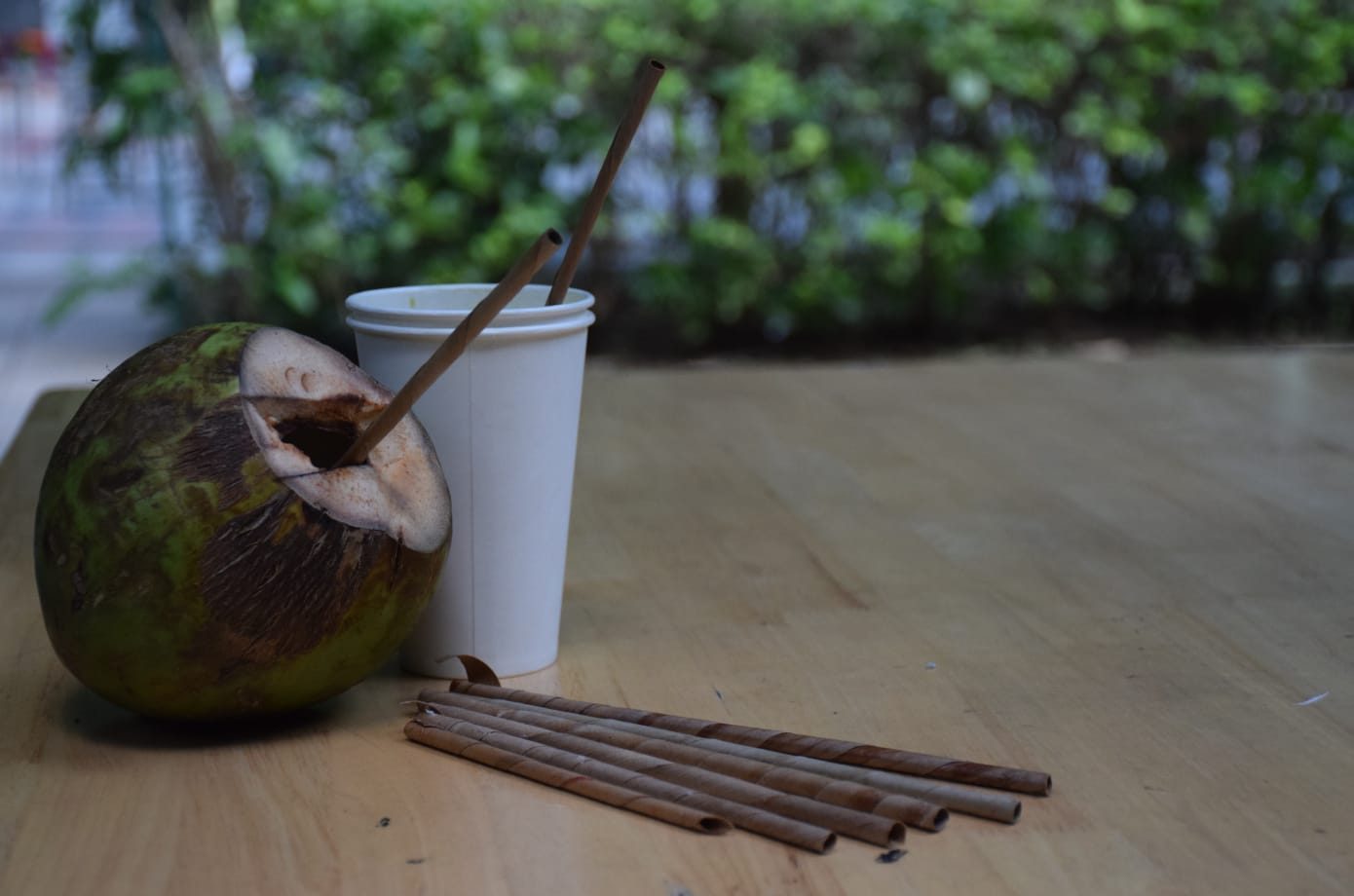From Husk to Kernel – How We Use Coconuts
Is it a fruit? Is it a nut? Well, despite having “nut” in their name, they’re fruits and more specifically, they fall in the category of drupes. Drupes are defined by having a fleshy part surrounded by a hard shell. Interestingly enough, coconuts are classified by the FDA as a botanical tree nut! Whatever you call it (a fruit or a nut), here are the wonderful ways in which we use all the different parts of coconuts.
;)
If you are following a low-carb, paleo, gluten-free, dairy-free, or even nut-free diet, you’ll be happy to know that coconut makes a champion ingredient.
The raw white flesh inside the coconut is called the kernel. It can be eaten raw (chopped or shaved), and even toasted. The dried coconut you find in stores (also called desiccated coconut), is produced by drying shredded or ground kernels. It’s often used in cookies, deep-fried prawns, and is even served with curries.

Coconut water is the liquid inside the coconut (young green coconuts). It is deliciously refreshing, and is even used in cocktails. But did you know you can cook with it? It adds a subtle sweetness and helps to balance out umami flavors in the dish. When sautéing veggies, add a splash of coconut water and cook it down. The veggies will have a hint of sweetness with caramelization. And next time you cook rice, try making it with coconut water!
Coconut milk is produced by simmering one part shredded raw coconut flesh with one part water. It has a similar consistency to cow’s milk, and is often available in canned form. Use it in curries or desserts! Coconut cream is made in a similar way, but four parts of coconut flesh is used instead. When the thicker part of coconut cream is scooped off, you can whip it and use it in the same way as dairy cream!

Coconut oil is extracted from the kernel. It produces a heat stable fat suitable for baking, sautéing, and roasting. Coconut flour is extremely popular in low-carbohydrate baking circles. It’s made by further processing dried kernels. When using it in baking, it’s important to add additional liquid. Coconut flour is extremely absorbent, so you cannot use it in the exact same way as you would wheat flour.
Coconut production actually creates a lot of waste. Many people don’t know that of the 50 billion coconuts worldwide, about 85% of the husks are simply thrown away. This is very peculiar when you consider that coconuts husks are in fact quite versatile. In its simplest form, it’s used for a planting medium. But husks are now even used to produce doormats, brushes, twine, and even mattresses!
;Resize,width=767;)
;Resize,width=712;)

;Resize,width=712;)
